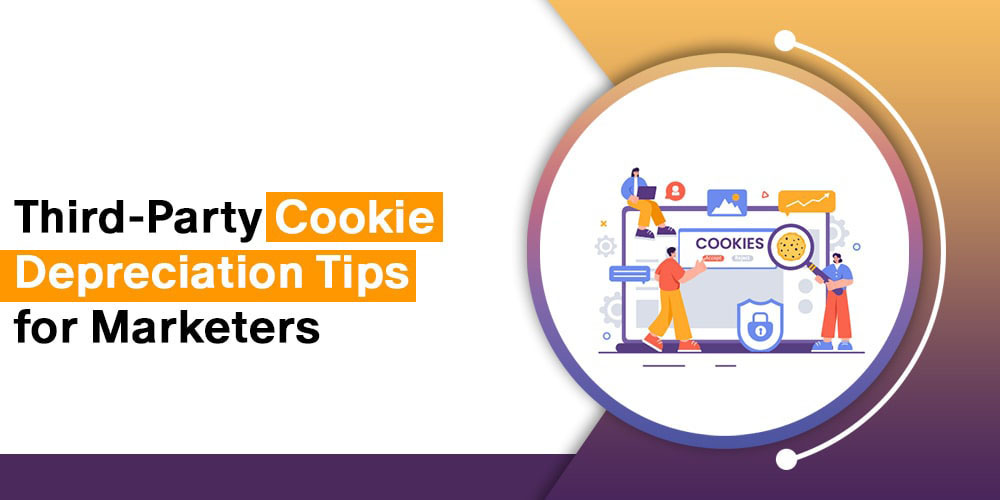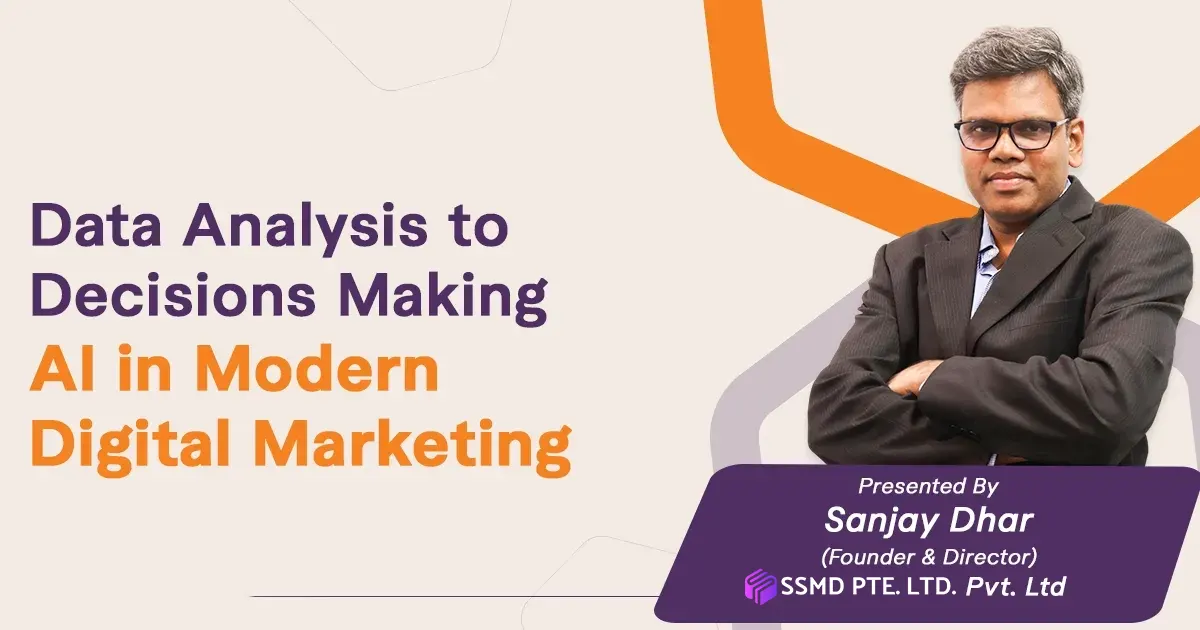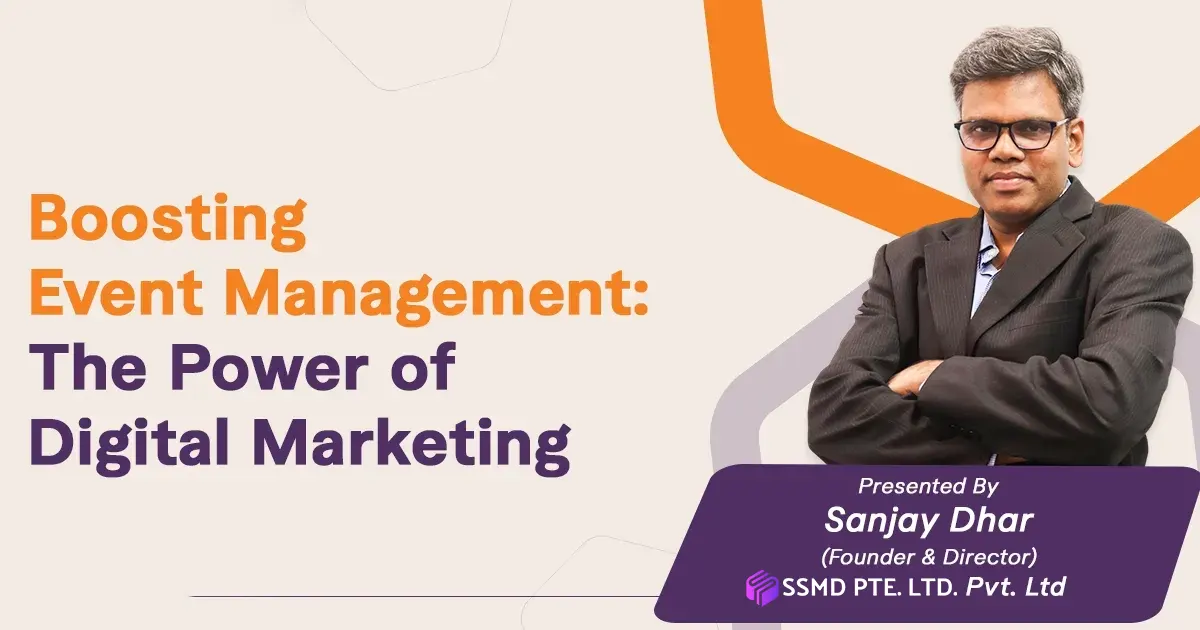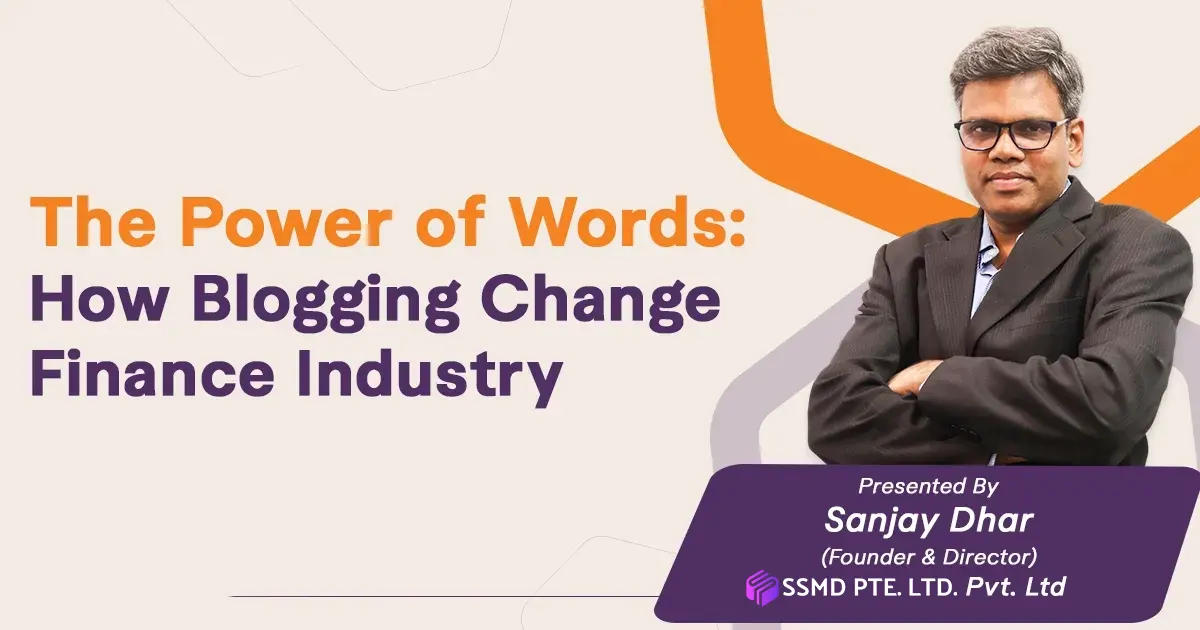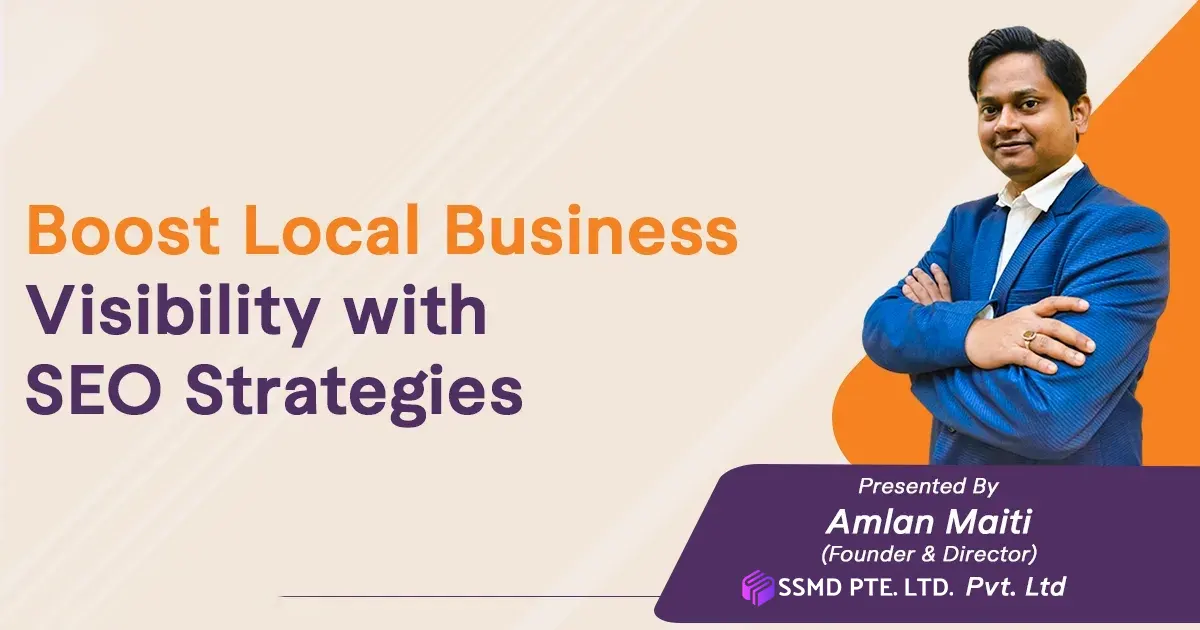Third-Party Cookie Depreciation: Tips for the Marketers
Google’s thoughtful decision has changed the situation. In early 2025, the company will phase out third-party cookies from the Chrome browser.
Third-party cookie depreciation works best for the marketers of a digital marketing company in the USA, advertisers, and websites, providing information about tracking site visitors, brand overlap, customer pain points, demographics, improving overall user experience, or serving relevant ads.
Now, as third-party cookies have ended, marketers should be flexible.
Today, we will explore some critical updates on marketers by third-party cookie depreciation. Before moving to the updates, we should know about third-party cookies.
Quick Overview
What’s Third Party Cookies?
Third-party cookies are the files created by the website you are visiting. The files are used to track the activities of the user across various websites.
On one side, third-party cookies help marketers by offering them error-free information about the client’s demographics, tastes, preferences, interests, and more. Still, on the other hand, they hamper customers’ privacy.
Will Google’s new decision to eliminate third-party cookies be a setback for marketers? What strategies should the marketing experts follow to avoid an adverse impact on their business?
Let’s gain some useful information through this comprehensive blog.
Will Google’s New Decision to Eliminate Third-Party Cookies Be a Setback for Marketers?
Well, here’s a good news for our marketing folks.
Although third-party cookies are ending, not all cookies are becoming invisible.
First-party cookies are still there.
What are First Party Cookies?
First-party cookies are generated by default and stored on the site visitor’s system. These consensual cookies help get details about the user’s site preferences and logins and store the user’s basic data.
So, marketers, you’ve still got a chance to grow. As Google has stated, first-party cookies will remain on all browsers.
According to Statista, 82% of Indian marketers rely on third-party cookies, and 61% of Indian businesses feel their business will be hampered by third-party cookie depreciation.
So, let’s move to our next question and gather some information about the strategies that will help marketers grow even after third-party cookie depreciation.
What strategies should the marketing experts follow to avoid an adverse impact on their business?
Marketers Call on Cookie-less Strategies
This phase-out has the most adverse impact on advertisers. Affected ad strategies can become a hurdle in proper marketing efforts.
But only some things are gone.
Because
Marketing experts are inclined toward first-party data and are focusing on the effectiveness of other marketing channels.
Let’s grab some detailed alternatives marketers choose after the end of third-party cookies.
- Leveraging First-Party Data
As third-party cookies are ending, marketers are now focusing on first-party data. Marketing professionals should try to engage with the audience. By engaging well with their potential base, marketers can understand their audience at a better pace.
Marketers can better understand their audience with surveys, quizzes, and questionnaires. First-party data gathering helps attain the audience’s habits, interests, preferences, and pain points and naturally convert them.
- Proper Analysis of Other Marketing Channels
With the phase-out of third-party cookies, paid marketing campaigns may be affected, but marketing channels prove a boon to the best SEO Company California.
Marketing professionals who depend primarily on paid campaigns may encounter an affected ROI. However, marketers can obtain information from other marketing channels and let their ROI grow faster.
Other marketing channels may include First-Party Data, Zero-Party Data, Opt-in Strategies, Customer Relationship Management or CRM, Conversational SMS, Email Marketing, and more.
Third-party cookie depreciation has allowed marketers to explore different marketing opportunities and serve each client the best.
- Use of ‘Enhanced Conversions’ by Google
Google has introduced a feature called ‘Enhanced Conversions’ that can help marketers improve the accuracy of their conversions. With accurate conversions, there are more chances of great bidding.
‘Enhanced Conversions’ features are designed and developed to add existing conversion tags safely. The features work for supplementing the conversion tags by sending the third-party data from your site to Google securely.
The data is secure thanks to Google’s SHA256. SHA256 is a one-way hashing algorithm placed in the first-party data before sending it to Google.
Here is a simple process of the ‘Enhanced Conversions’ feature. Let’s explore
- The user signs in on Google and views an ad.
- The user lands on your website and gets converted.
- After conversion, the conversion tag captures a pre-determined field, hashes the data, and sends it to Google.
- When the hashed data matches against the hashed user data of Google, your ad accounts get a conversion.
Even with the phase-out of third-party cookies, marketers can get conversions to specific ads. The first-party data can be matched to the Google user data if hatched and even if the cookies are blocked.
Some Actionable Steps Useful to Reduce the Impact of Third-Party Cookie Depreciation
If marketers want to let their paid media campaigns stay out of the suffering due to the lack of cookies, they must follow these effective tips.
- ‘Enhanced Conversions’ to be focused on
- Research and analyze the type of third-party cookies used on your website.
- Look for the alternative API programs.
- Make use of modeled data like statistical representations of marketing data.
So, marketers don’t lose hope; let the third-party cookie go. Get ready to explore new marketing opportunities to connect and engage with your audience and uplift your conversions using effective ad strategies with first-party data.
SSMD Pte Ltd,, November 12, 2024
